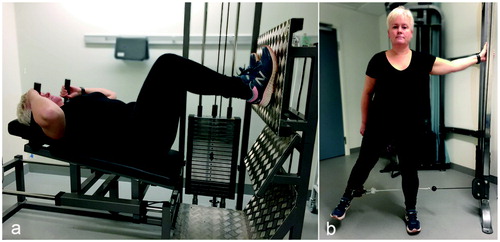Figures & data
Figure 1. Patient inclusion and follow-up in the maximal strength training (MST) and conventional physiotherapy (CP) groups.
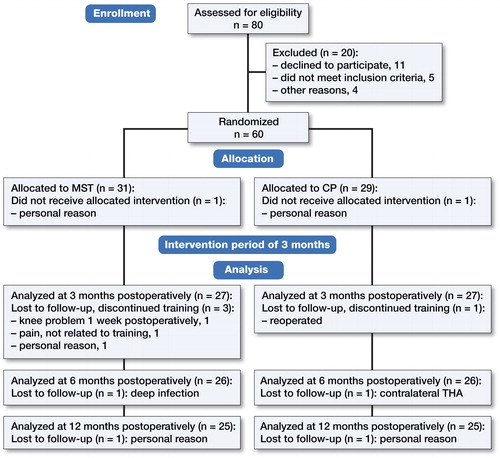
Figure 3. Leg press strength of the operated leg compared with preoperative values (100%) of the non-operated leg in the maximal strength training (MST) and conventional physiotherapy (CP) groups at 3, 6, and 12 months postoperatively. Model estimate with 95% confidence intervals.
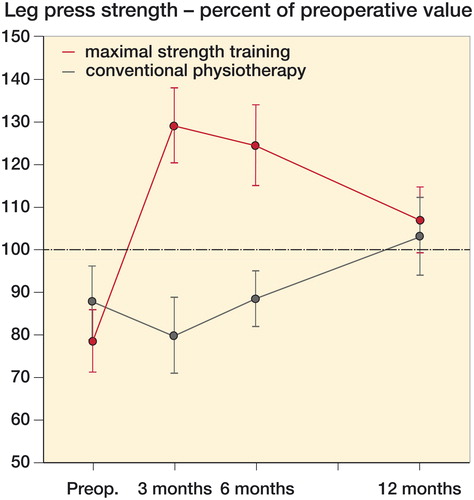
Figure 4. Abduction strength of the operated leg compared with preoperative values (100%) of the non-operated leg in the maximal strength training (MST) and conventional physiotherapy (CP) groups at 3, 6, and 12 months postoperatively. Model estimate with 95% confidence intervals.
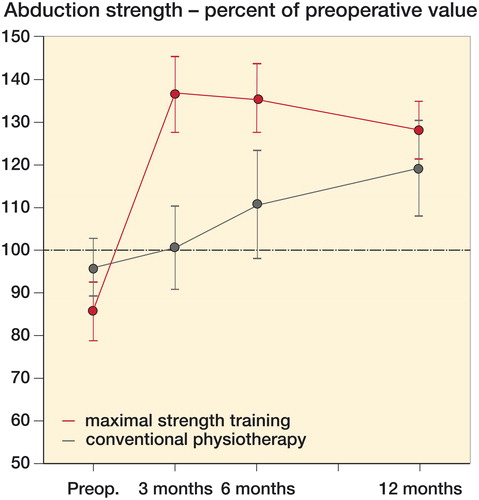
Figure 5. Pain score during mobilization on the numeric rating scale (NRS: 0–10) in the maximal strength training (MST) and conventional physiotherapy (CP) groups preoperatively and at 3, 6, and 12 months postoperatively. Model estimate with 95% confidence intervals.
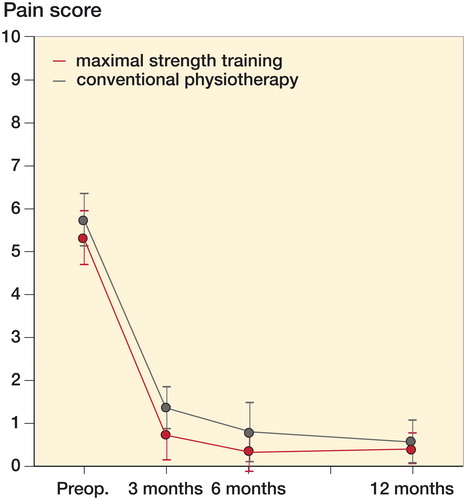
Table 1. Preoperative values from patients in the maximal strength training (MST) and conventional physiotherapy (CP) group. Values are mean (SD) or (range)
Table 2. Postoperative values from patients in the maximal strength training (MST) and conventional physiotherapy (CP) groups. Values are mean (SD)

